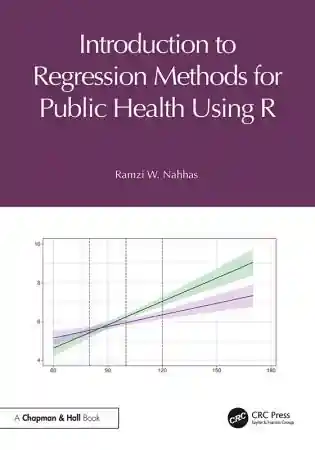
Scene Vision: Making Sense of What We See
- Length: 328 pages
- Edition: 1
- Language: English
- Publisher: The MIT Press
- Publication Date: 2014-10-31
- ISBN-10: 0262027852
- ISBN-13: 9780262027854
- Sales Rank: #2095320 (See Top 100 Books)
For many years, researchers have studied visual recognition with objects — single, clean, clear, and isolated objects, presented to subjects at the center of the screen. In our real environment, however, objects do not appear so neatly. Our visual world is a stimulating scenery mess; fragments, colors, occlusions, motions, eye movements, context, and distraction all affect perception. In this volume, pioneering researchers address the visual cognition of scenes from neuroimaging, psychology, modeling, electrophysiology, and computer vision perspectives.
Building on past research — and accepting the challenge of applying what we have learned from the study of object recognition to the visual cognition of scenes — these leading scholars consider issues of spatial vision, context, rapid perception, emotion, attention, memory, and the neural mechanisms underlying scene representation. Taken together, their contributions offer a snapshot of our current knowledge of how we understand scenes and the visual world around us.
ContributorsElissa M. Aminoff, Moshe Bar, Margaret Bradley, Daniel I. Brooks, Marvin M. Chun, Ritendra Datta, Russell A. Epstein, Michèle Fabre-Thorpe, Elena Fedorovskaya, Jack L. Gallant, Helene Intraub, Dhiraj Joshi, Kestutis Kveraga, Peter J. Lang, Jia Li Xin Lu, Jiebo Luo, Quang-Tuan Luong, George L. Malcolm, Shahin Nasr, Soojin Park, Mary C. Potter, Reza Rajimehr, Dean Sabatinelli, Philippe G. Schyns, David L. Sheinberg, Heida Maria Sigurdardottir, Dustin Stansbury, Simon Thorpe, Roger Tootell, James Z. Wang
Table of Contents
Chapter 1 Visual Scene Representation: A Spatial-Cognitive Perspective
Chapter 2 More Than Meets the Eye: The Active Selection of Diagnostic Information across Spatial Locations and Scales during Scene Categorization
Chapter 3 The Constructive Nature of Scene Perception
Chapter 4 Deconstructing Scene Selectivity in Visual Cortex
Chapter 5 The Neurophysiology of Attention and Object Recognition in Visual Scenes
Chapter 6 Neural Systems for Visual Scene Recognition
Chapter 7 Putting Scenes in Context
Chapter 8 Fast Visual Processing of “In-Context” Objects
Chapter 9 Detecting and Remembering Briefly Presented Pictures
Chapter 10 Making Sense of Scenes with Spike-Based Processing
Chapter 11 A Statistical Modeling Framework for Investigating Visual Scene Processing in the Human Brain
Chapter 12 On Aesthetics and Emotions in Scene Images: A Computational Perspective
Chapter 13 Emotion and Motivation in the Perceptual Processing of Natural Scenes
Chapter 14 Threat Perception in Visual Scenes: Dimensions, Action, and Neural Dynamics







